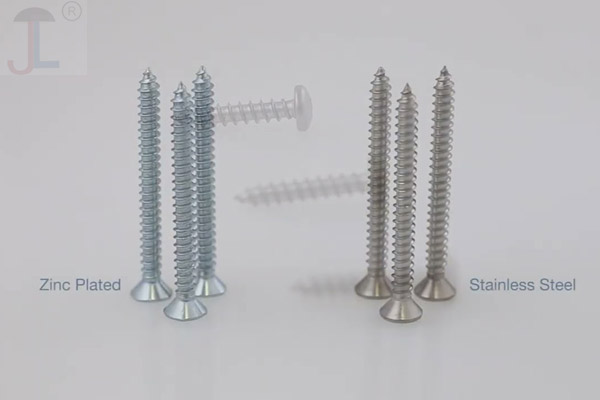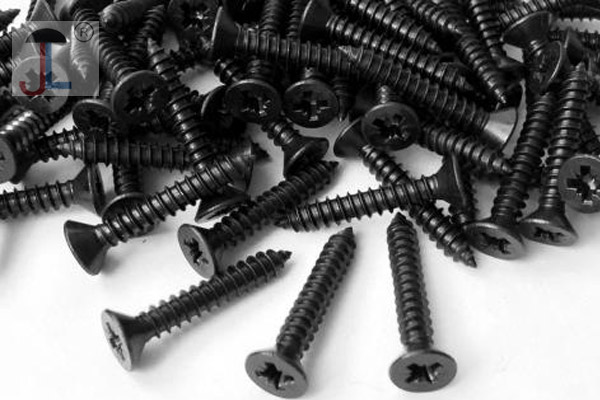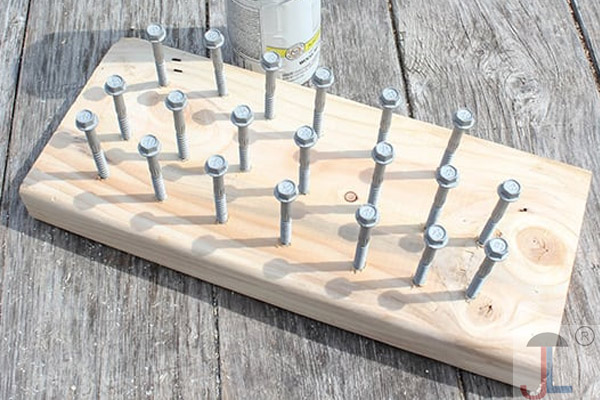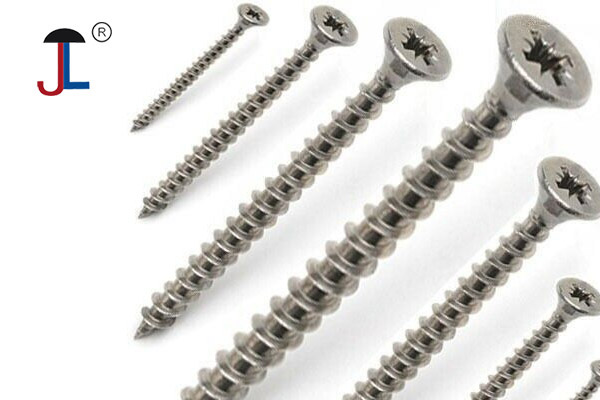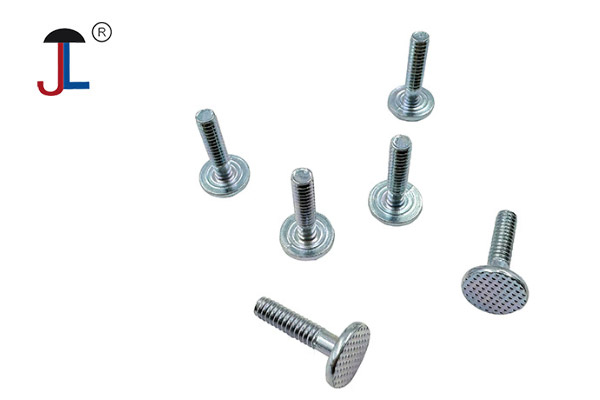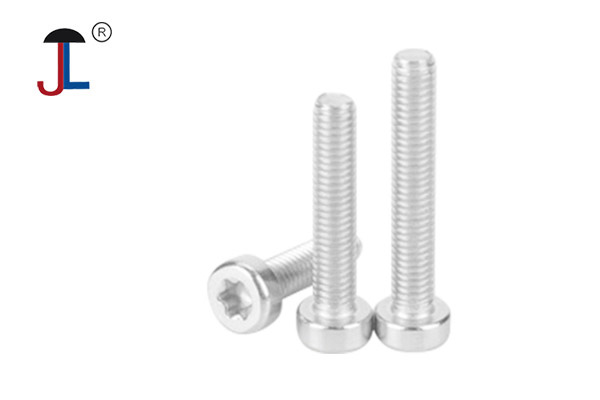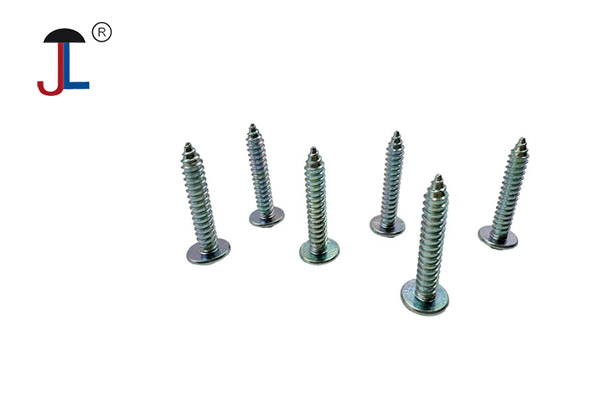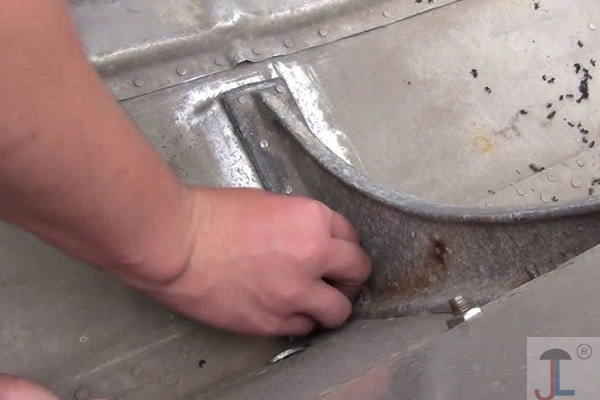Below is a concise guide to the most common, practical methods for determining whether a nut is made of stainless steel. In summary, you can start with simple visual and magnetic checks, then move on to spark, chemical and hardness tests if needed, and—if absolute certainty is required—send samples for professional laboratory analysis.
Visual and Physical Characteristics
Stainless steel nuts typically exhibit a bright, silvery-white finish that resists tarnishing and rust even after prolonged exposure to moisture, unlike carbon steel which may show surface corrosion or darkening over time.
Many stainless nuts are stamped with grade markings such as “18-8,” “304,” “316,” or ASTM designations like F593C/F593D, which directly indicate the alloy and corrosion-resistance properties.
Because stainless steel (≈ 8.0 g/cm³) is slightly denser than ordinary carbon steel (≈ 7.8 g/cm³), identical-sized nuts will feel a bit heavier if stainless — you can compare against a known steel or brass nut of the same dimensions to sense the difference.
Magnetic Test
A powerful magnet is one of the quickest at-home checks. Austenitic grades (300-series, e.g. 304, 316) are essentially non-magnetic, so a magnet will not stick (or will stick only weakly). Ferritic and martensitic grades (400-series) will attract magnets more strongly. If the magnet sticks solidly, the nut is likely a 400-series stainless or plain carbon steel.
Spark Test
Grinding a small edge of the nut on a bench grinder will produce characteristic “spark” patterns. Stainless steels give relatively few, short, forked sparks with a reddish tone, whereas carbon steels produce long, bright white streams of sparks. This method requires caution (eye and respiratory protection) and a decent grinder.
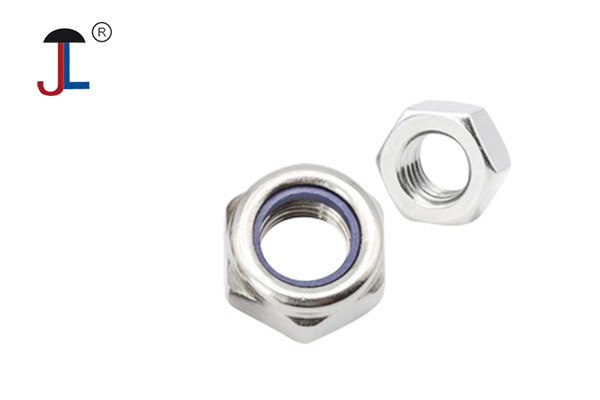
Chemical Testing
Acid Test
Dropping a tiny amount of nitric acid onto a hidden surface will show corrosion resistance differences: austenitic stainless will resist attack (no bubbles, light green crystals), while carbon steel will fizz and darken rapidly.
Warning: Acid tests are hazardous and should be performed with proper PPE and ventilation.
Chemical Reagent Kits
Commercial test kits (e.g., sulfuric/nitric acid mixes or specialized chromium-detecting sprays) can nondestructively confirm the presence of key alloys in stainless grades.
Hardness Testing
A Brinell or Rockwell hardness tester can differentiate stainless grades from other steels: stainless 300-series usually falls around 165 HB, whereas martensitic/400-series and many carbon steels are significantly harder (> 280 HB).
Professional and Laboratory Analysis
If you need absolute certainty—especially for critical applications—send samples to a materials lab for X-ray fluorescence (XRF) or optical emission spectrometry. These will precisely quantify alloying elements (Cr, Ni, Mo, etc.) and confirm grade.
Choosing the Right Approach
- Quick checks: Visual inspection and a small magnet test cover most 90 % of use cases.
- Intermediate certainty: Spark and acid tests add confidence but require safety precautions.
- Absolute certainty: Lab analysis is the gold standard when failure is not an option.
By combining these methods—from the simplest at-home magnet check to professional spectrometry—you can reliably identify stainless steel nuts and ensure you’re using the right material for your project.

